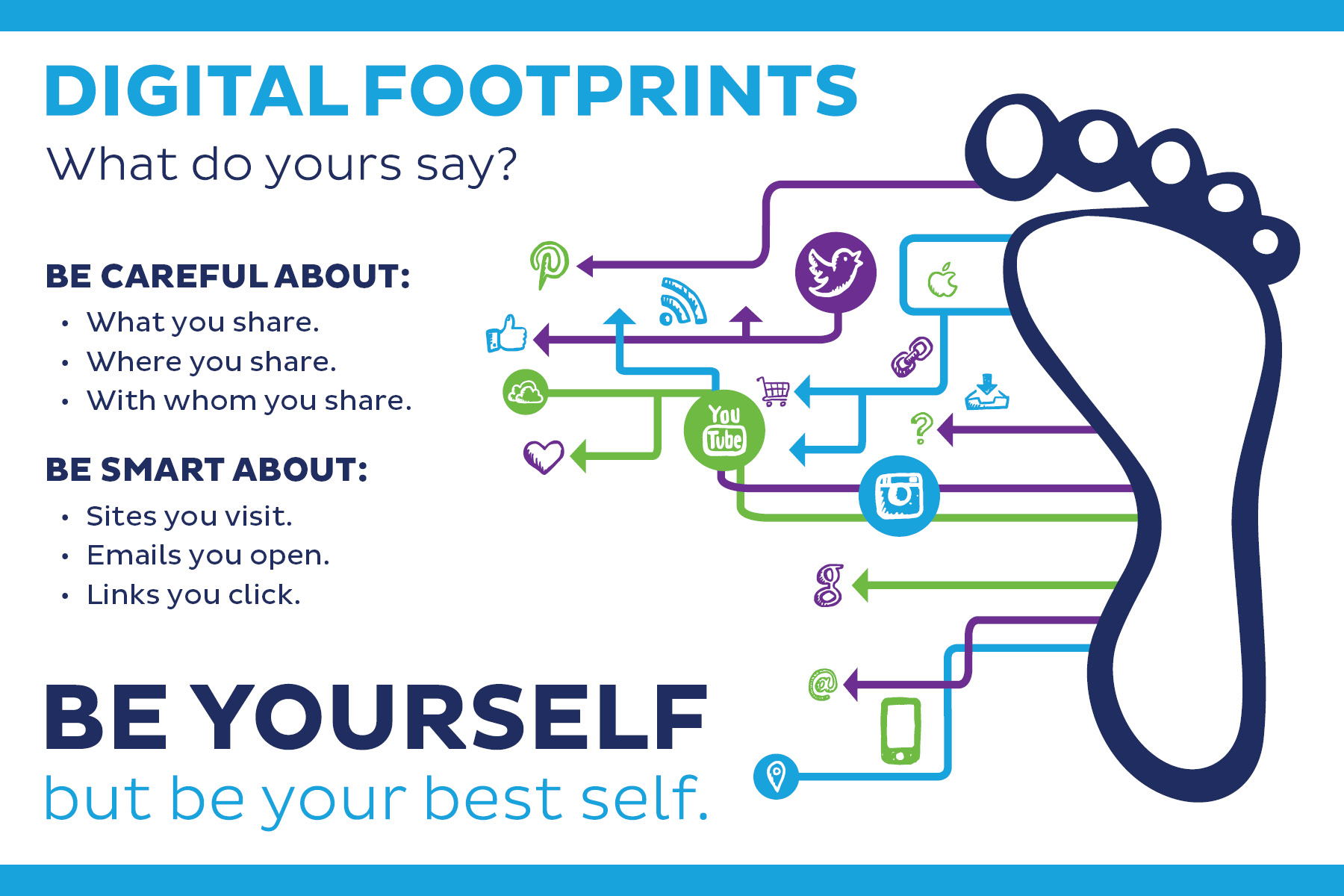Microsoft launched Windows 10 earlier in the week (July 29th) and as of this posting, has already been installed on over 14 million computers. I wrote a very brief synopsis of the technical preview from the Windows Insider program last October. And I’ve maintained a very open mind with regards to Windows 10.
I’ll be frank; I think they released this a little too early as it could’ve used a little more polish, The company is using a somewhat phased and dynamic approach with rolling out the updates though. For the average user with simpler installations, their reservations and upgrades (so long as there aren’t issues that need to be resolved based on system hardware profiles) are happening fairly quickly and seem to be a simple process.
Myself, the “Get Windows 10” app has never made an appearance on my Windows 7 task bar (I am running it in a VMware Fusion virtual machine though which could be one potential explanation) in the weeks leading up to the release. So I ended up reading their FAQ before heading over to their upgrade site; both of these pointed me to this support article.
That article right there highlights what Microsoft needs to continue to work on when it comes to simplifying the entire user experience as the average non-technical person isn’t going to be able to make heads or tails out of what they are actually doing. I understands folks like myself are more the exception to the rule, but we’re reaching a point with device operating systems where the software itself should deal with most of these kind of issues.
While I have a technical background, I’ve also reached a point in my life where I do not want to be my own technical support specialist. It’s one of the key reasons I’ve remained an Apple customer since for the most part, things just work (and most of the complexity is dealt with). When they don’t, I haven’t been shy to highlight those shortcomings.
So the next step I tried was downloading the Media Creation Tool that can be used to either download the operating system or create a bootable USB/DVD. The latter function is buggy and trying to download it ended up the progress being stuck on 0% after letting it sit for over a hour.
I finally just logged into the Windows Insider site and downloaded the ISO disc image directly from there (Microsoft has since made this link easier to get to directly from their upgrade site; but it wasn’t there earlier when I tried). After that, I was good to go and used Daemon Tools to mount the image and run the upgrade.
As expected, an upgrade installation is a much slower process (as noted in my technical preview post, a clean install was very fast). The upgrade puts up a very simple progress screen.

In my case, it took over 80 minutes to upgrade my Windows 7 installation (I would say this would be typical since even my OS X upgrades take awhile to complete). Once done, the system goes through a simple setup route. The default is an “express” setup. I would actually take the time to select the customize settings option since it allows you to turn off some of the defaults (if you want don’t want some information to be sent back to Microsoft which helps with things like predictive typing, tailoring content for you, auto connecting to known hotspots, etc).
The system then proceeds to setup its built-in apps before you get to your desktop. Since I’m running this in a virtual machine, the system defaulted to some base driver settings (in my case, the display was limited to a max of 1600×1200). I quickly fixed this by uninstalling VMware Tools, and then reinstalling it. Everything worked normally again (including full display resolution options up to 2560×1600 for my Cinema Display).
The old venerable control panel interface is still there but buried (just right-click on the start menu) since its a system that they clearly want to eventually depreciate (since it isn’t touch friendly). I just pinned a small icon view of it on my task bar. Beyond that, everything that I need works well. The new web browser (Edge) leaves much to be desired since it is still a work-in-progress. Internet Explorer is still there too (just buried again); there’s an option in the hamburger menu to open a site in IE. I tend to just use Firefox though.
Microsoft will be rolling out more updates as well as actual upgraded features in the next few months. The real meat though will be universal apps from developers that take advantage of the new system. Overall, I’m looking forward to see how they refine the system. It’s not at the level yet where I’d actually feel a compelling reason to move off the Mac (plus El Capitan has managed to improve a bit on the readability front for me) but having options is a good thing.



